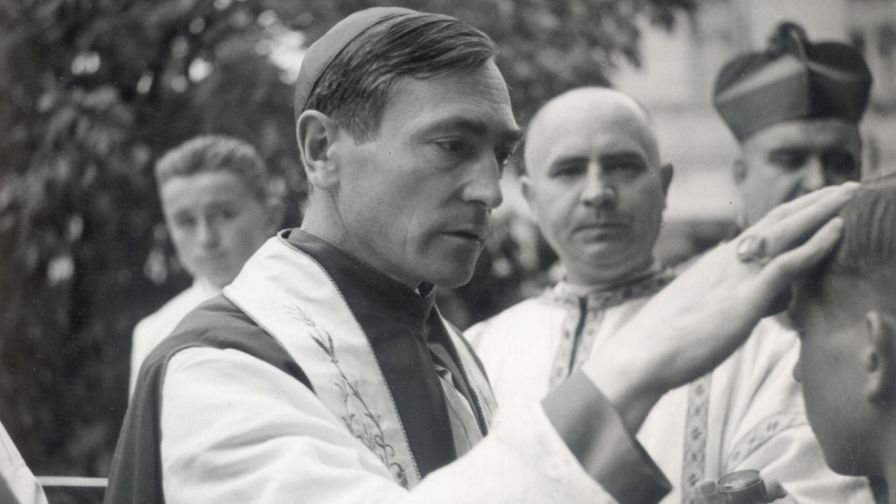
Dr. Cristiana Marinelli updated attendees on the ongoing canonization process for Áron Márton.Continue reading


Easy Branches allows you to share your guest post within our network in any countries of the world to reach Global customers start sharing your stories today!
Easy Branches
34/17 Moo 3 Chao fah west Road, Phuket, Thailand, PhuketCall: 076 367 766
info@easybranches.comOn October 6, 1849, thirteen officers of the Hungarian Revolution and War of Independence of 1848–1849 were executed in Arad (today’s Romania), and on the same day the death sentence of former Prime Minister Lajos Batthyány was carried out in P
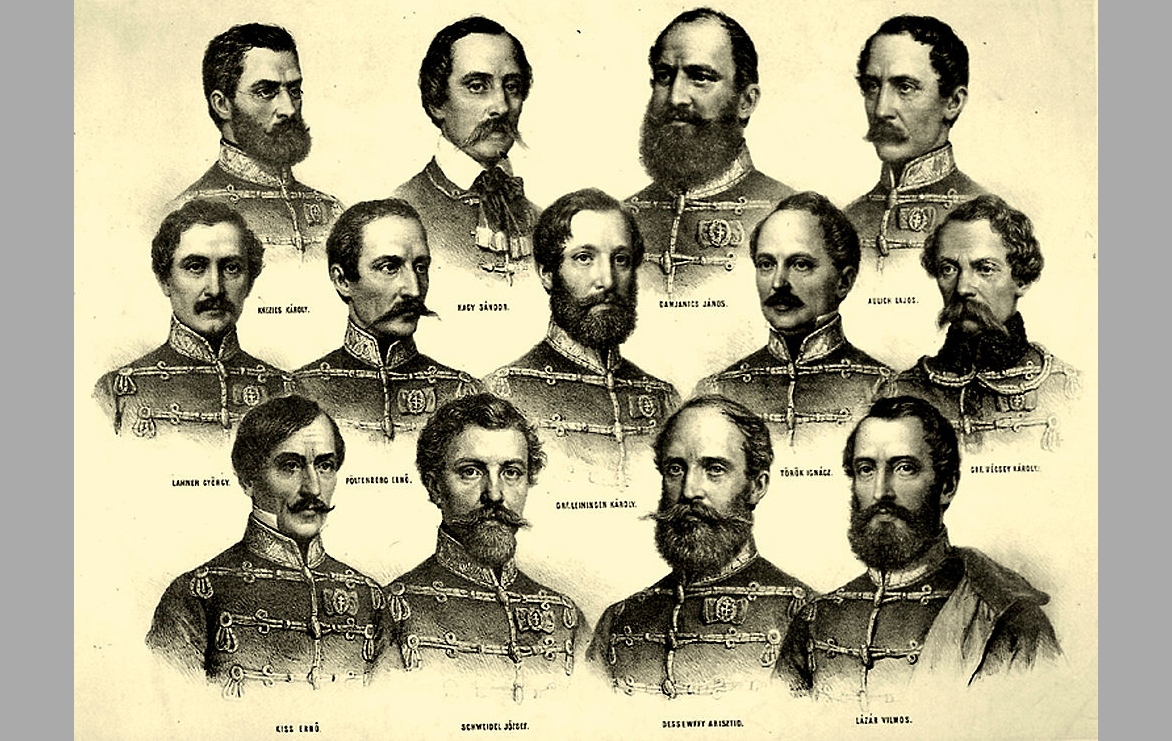
On October 6, 1849, thirteen officers of the Hungarian Revolution and War of Independence of 1848–1849 were executed in Arad (today’s Romania), and on the same day the death sentence of former Prime Minister Lajos Batthyány was carried out in Pest. The series of executions, timed to coincide with the anniversary of the Vienna Uprising, was the culmination of the reprisals after the defeated War of Independence, which the Hungarian people commemorate every year as a national day of mourning, writes Rubicon.
Following Ludwig von Welden’s resignation at the end of May, Julius Jacob von Haynau, nicknamed the “Hyena of Brescia,” became the new commander-in-chief of the Imperial Austrian Army, and on the orders of Franz Joseph I (r. 1867-1916) he began a fierce hunt for supporters of the ‘rebellion’ in the occupied territories.
The Thirteen Martyrs of Arad were selected by the court on the basis of two criteria:
It can be said that the trial was in many respects a conceptual one, since the death sentence of the officers had already been decided in Haynau’s circle before the trials. The defendants were not given a fair trial, as the prosecution also represented the “defense,” and the verdict was communicated to them two days before the execution. On September 26, the court sentenced all the officers to death by hanging, as Haynau had wished, but in four cases (Vilmos Lázár, Aristid Dessewffy, József Schweidel, and Ernő Kiss), the sentence was commuted to death by bullet.
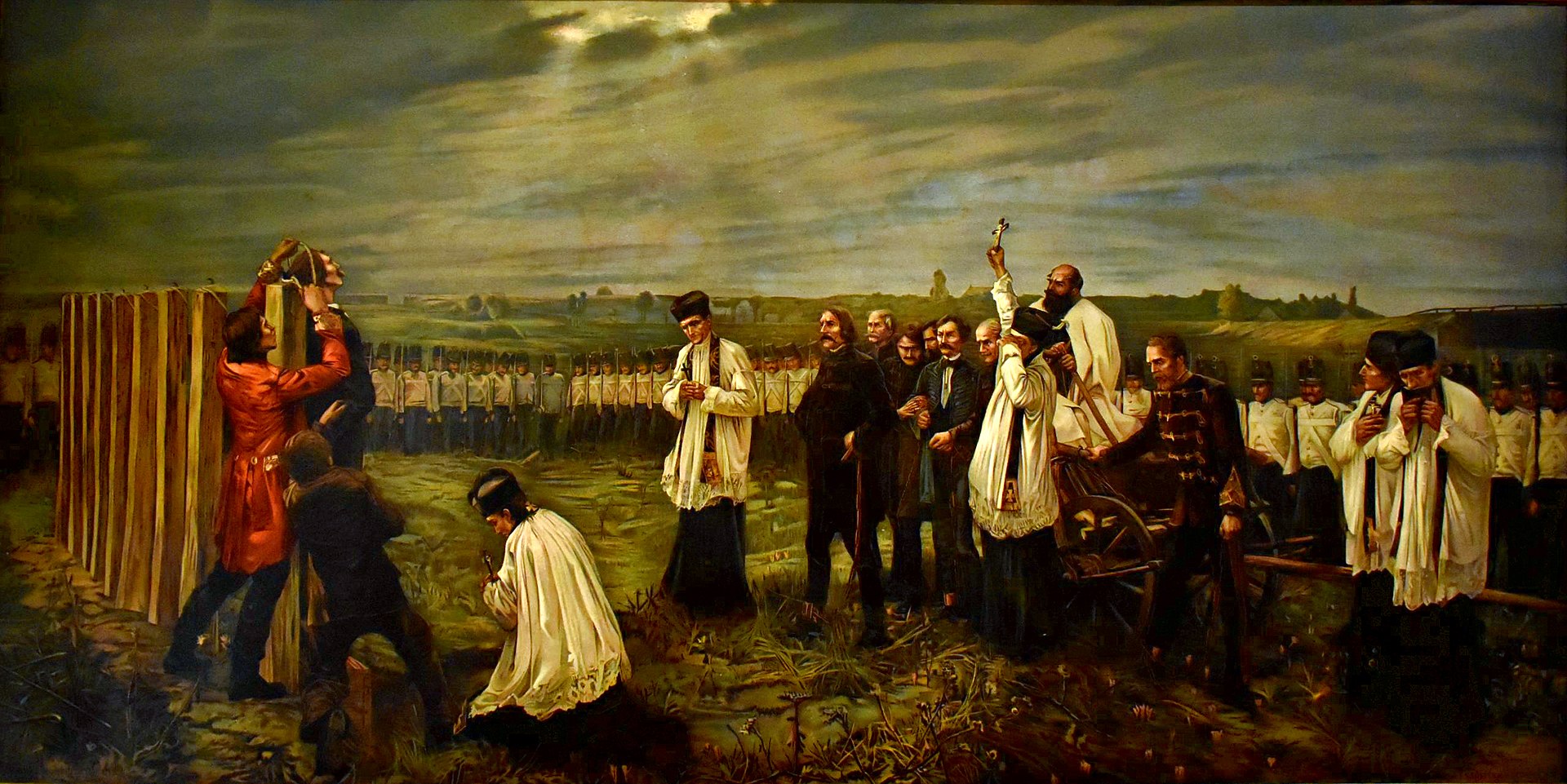
Painting by Hungarian painter János Thorma, entitled “Martyrs of Arad.” Photo: Wikipedia
In parallel with the officers, the Austrian court also tried Count Lajos Batthyány, the prime minister of Hungary’s first responsible government, who, in addition to the rebellion, was also accused of having participated in the organization of the Vienna Uprising of October 6, 1848. In the case of Batthyány, the death sentence was also a foregone conclusion, but the judges initially thought that the Emperor would later pardon the Count; this did not happen, as before the trial, which was also legally questionable, Franz Joseph I gave Haynau a free hand to carry out the sentences and handed the prisoner over to him.
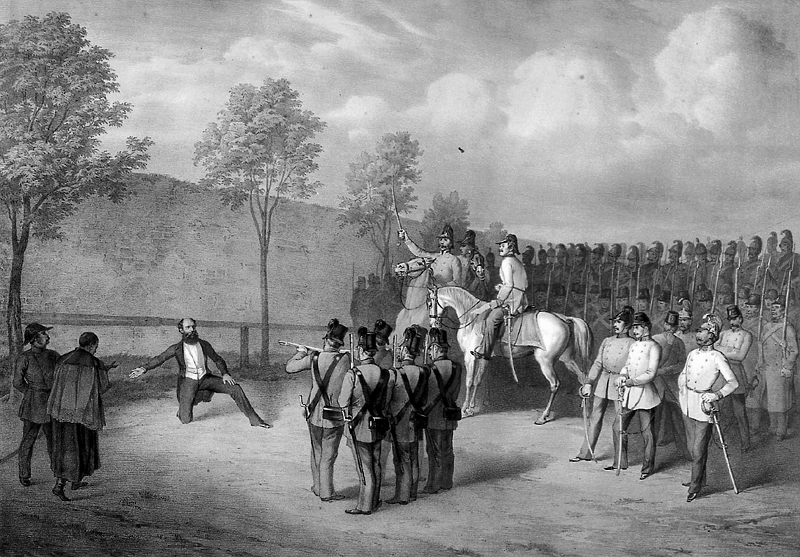
The execution of Lajos Batthyány. Photo: Wikipedia
Haynau had insisted on the most humiliating method of execution, hanging, but Batthyány was able to inflict wounds on himself with a dagger brought in by his wife which made it impossible to carry out the sentence, thus he was executed with a bullet.
Haynau deliberately timed the execution of the former Prime Minister and the thirteen officers to coincide with the anniversary of the Vienna Uprising and the assassination of Imperial War Minister Theodor Franz, Count Baillet von Latour, on October 6,
making it clear that the purpose of the proceedings was revenge and not justice.
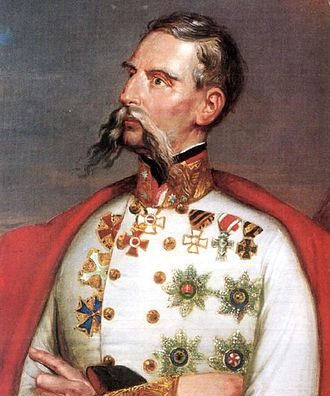
Julius Jacob von Haynau. Photo: Wikipedia
It was on this sad day that in Arad: at 5:30 a.m., on Haynau’s orders, the four officers condemned to death by bullets – Lázár, Dessewffy, Kiss, and Schweidel, in order – were executed first, followed by the generals who were to be hanged. At 6 a.m., Ernő Poeltenberg opened the row, followed by Ignác Török, György Láhner, Károly Knézićh, József Nagysándor, Count Károly Leiningen-Westerburg, Lajos Aulich, and János Damjanich. The most terrible punishment was thus inflicted on Károly Vécsey, who had to watch the death of his companions; after, he had no one to say goodbye to.
According to witnesses, the thirteen martyred officers bravely faced their executioners, who left the bodies outside until the evening as a deterrent.
With the assassination of the martyrs of Arad and the first responsible prime minister, the reprisals orchestrated by Haynau reached their climax, provoking strong feelings not only in Hungary but also protests in Europe.
Although we are talking about thirteen martyrs of Arad, we can include three more who were executed not on October 6, 1849, but before (Norbert Ormai – August 22, 1849) and after (Lajos Kazincy – October 25, 1849, and Ludwig Hauk – February 19, 1850).
Via Rubicon; Featured image via Wikipedia
The post The Country Commemorates the Heroes Who Gave their Lives for Independence appeared first on Hungary Today.